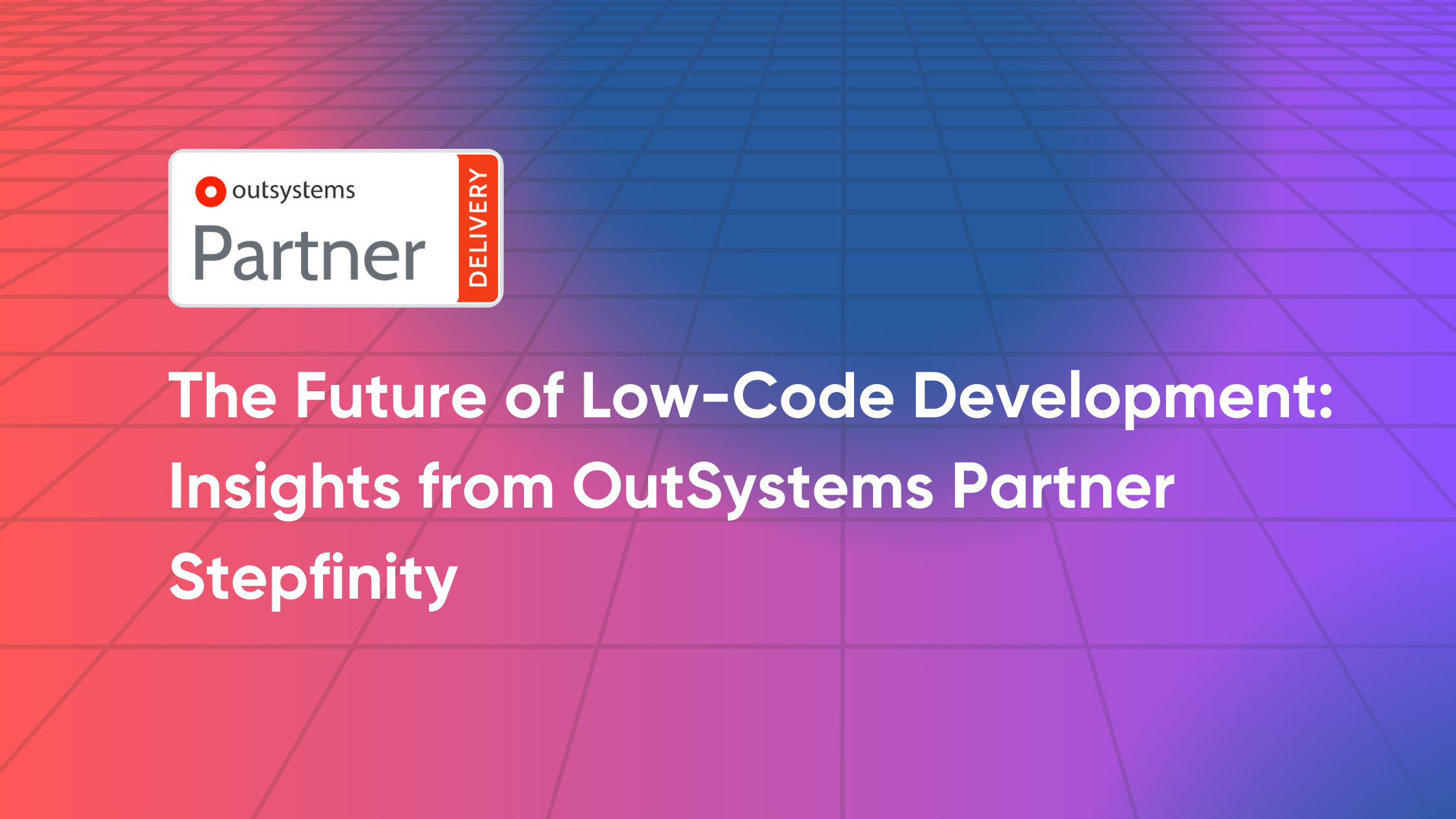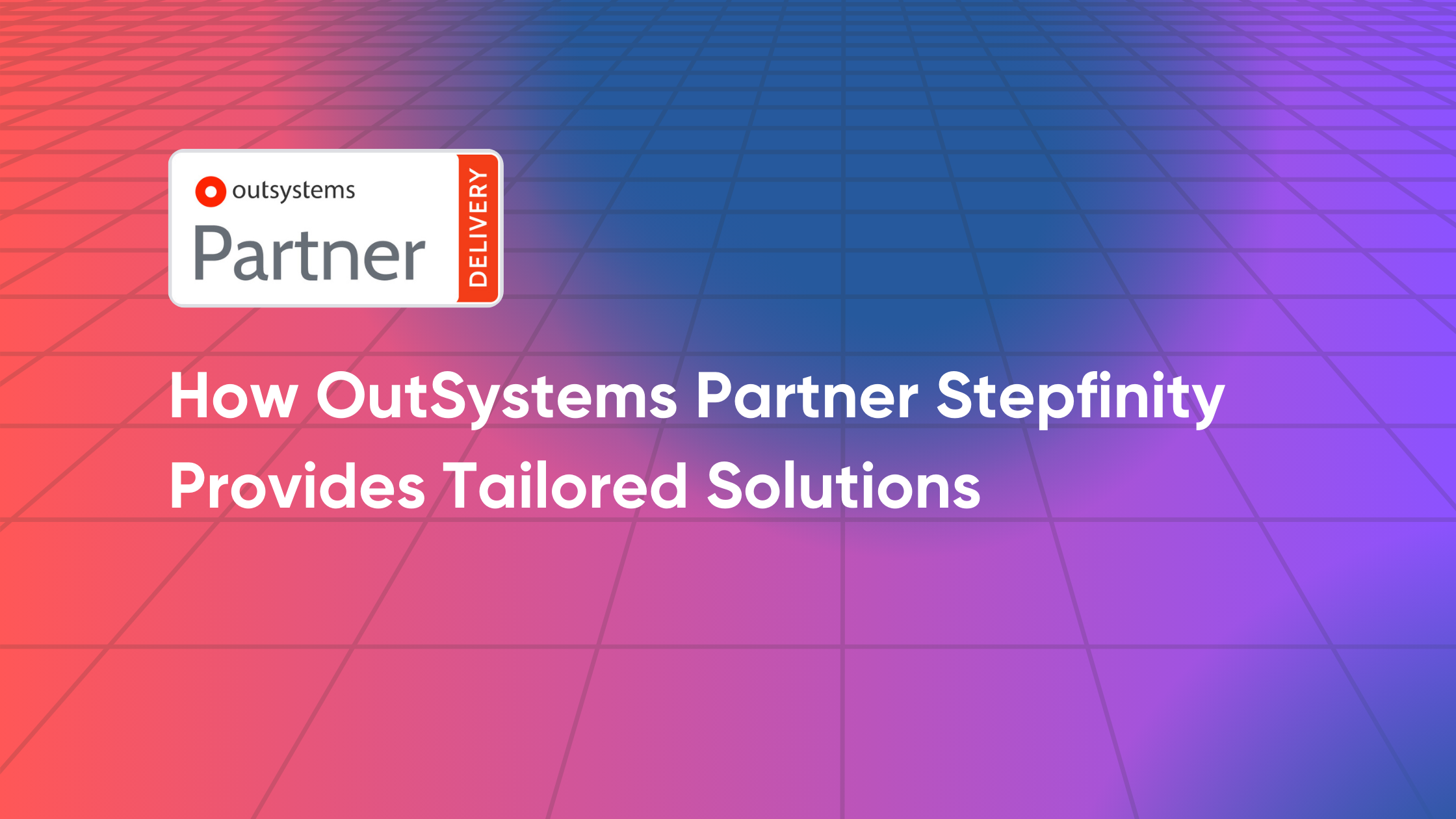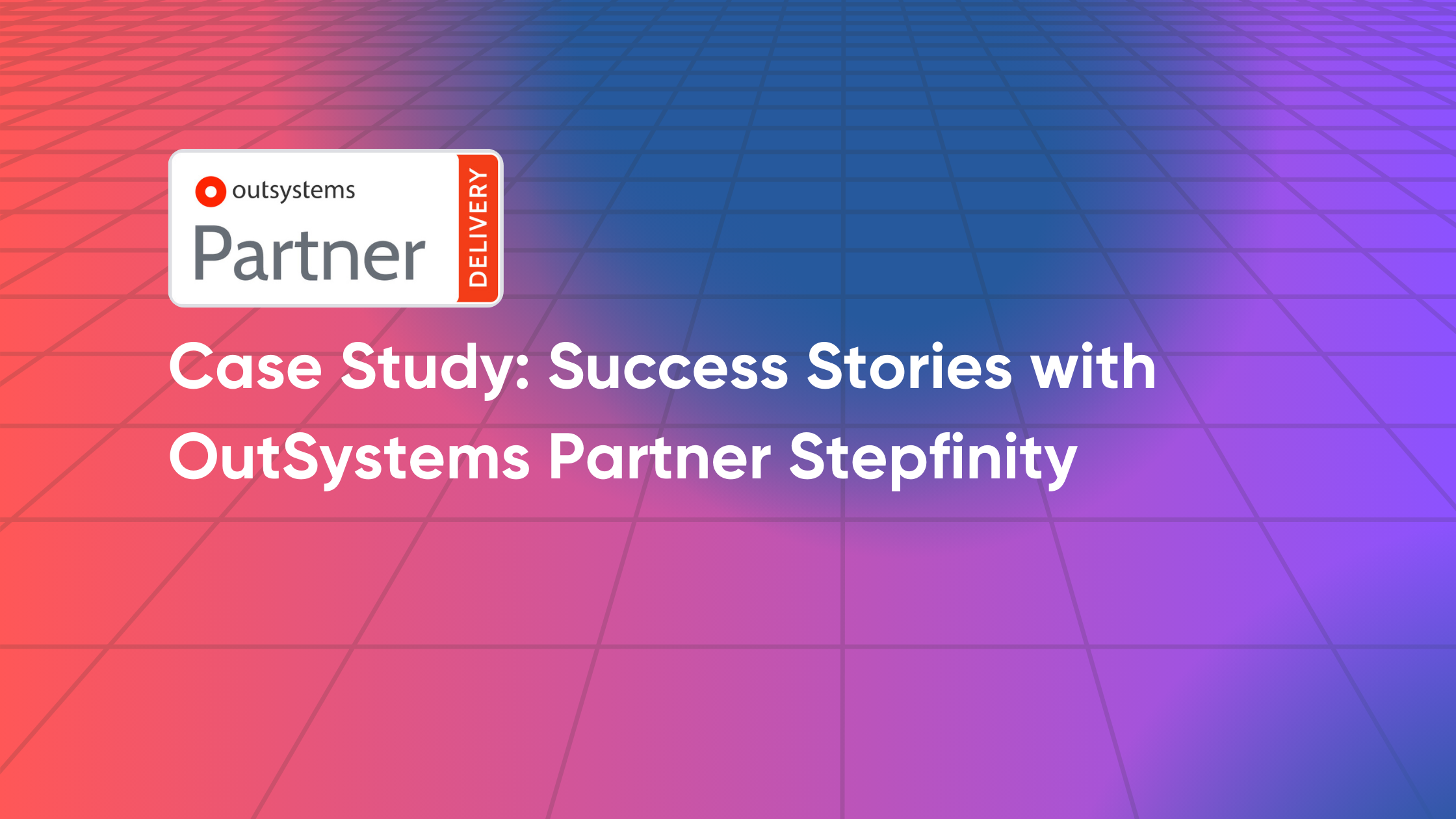Deploying applications built on OutSystems is a pivotal phase in the development lifecycle, demanding precision, foresight, and a strategic approach. Smooth deployments are essential to ensure minimal disruptions and optimal performance. Here are key strategies to master OutSystems deployment and ensure seamless rollouts:
1. Thorough Pre-Deployment Testing: Before deployment, conduct comprehensive testing across various environments. Ensure that the application functions as intended, validating functionalities, performance, and compatibility across different devices and browsers.
2. Version Control and Backup: Utilize version control systems to manage different iterations of the application. Backup crucial data and configurations to mitigate risks during deployment, allowing for rollback options in case of unexpected issues.
3. Staging Environment for Testing: Create a staging environment that mirrors the production setup. Use this environment to perform final testing, allowing stakeholders to review the application before the actual deployment, minimizing surprises during rollout.
4. Incremental Deployments and Monitoring: Consider deploying updates incrementally, especially for larger applications. Monitor performance metrics during deployment, ensuring that the rollout doesn’t cause unexpected spikes in resource consumption or errors.
5. Automation and Continuous Integration: Leverage automation tools and continuous integration pipelines to streamline deployment processes. Automate routine tasks to reduce manual errors and ensure consistency across deployments.
6. Clear Communication and Change Management: Communicate deployment plans and timelines clearly with all stakeholders. Implement change management practices to prepare users for any interface changes, ensuring a smoother transition post-deployment.
7. Monitoring and Post-Deployment Support: Monitor the application post-deployment for any performance issues or bugs. Have a support plan in place to address any unforeseen challenges promptly, ensuring a responsive support system for users.
8. Performance Optimization Post-Deployment: Continuously optimize application performance post-deployment. Monitor system performance, address bottlenecks, and implement enhancements to ensure optimal user experience.
9. Documentation and Knowledge Sharing: Document deployment processes, configurations, and troubleshooting steps. This knowledge base serves as a reference for future deployments and aids in onboarding new team members.
By adhering to these deployment best practices, OutSystems developers can mitigate risks, minimize disruptions, and ensure successful application rollouts. A meticulous and strategic approach to deployment not only enhances the user experience but also contributes to the long-term success and reliability of applications in the OutSystems ecosystem.








